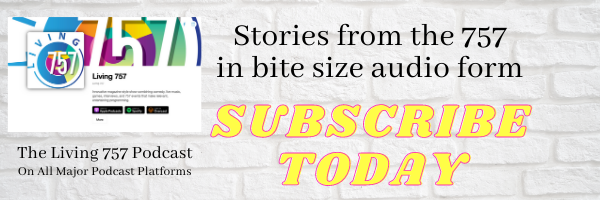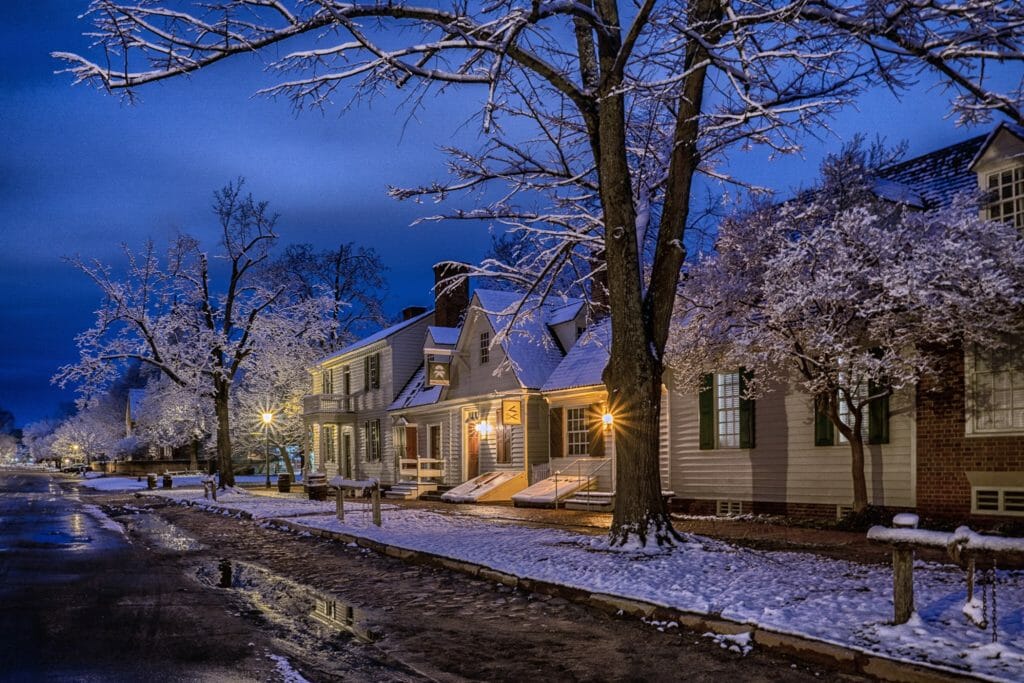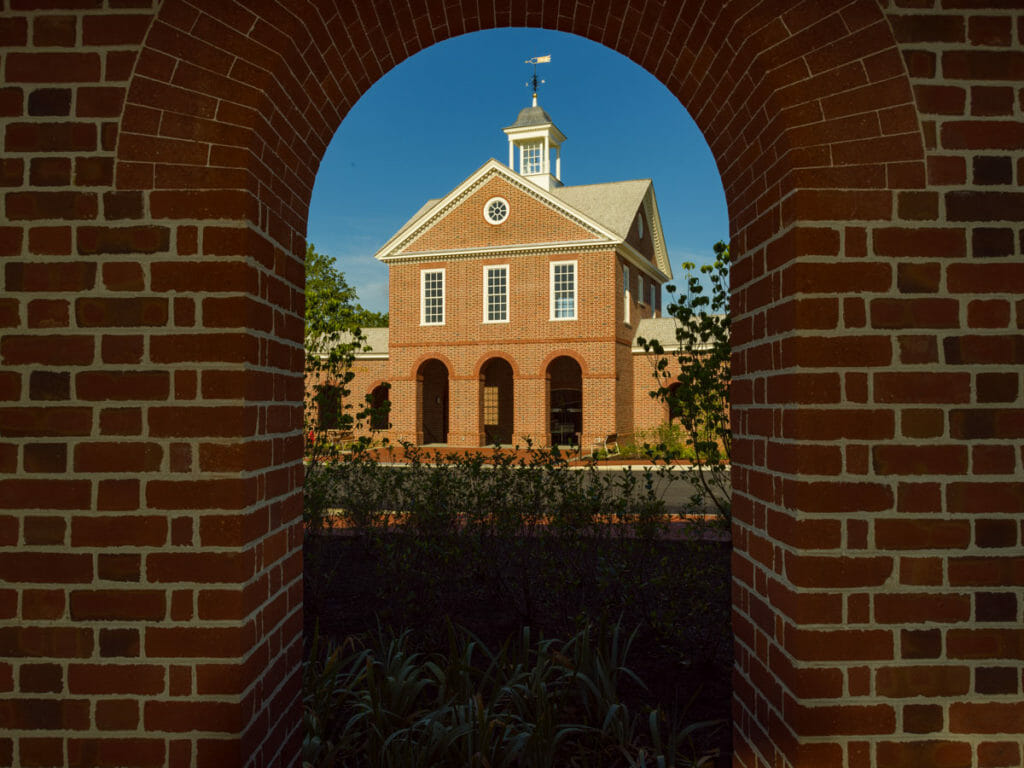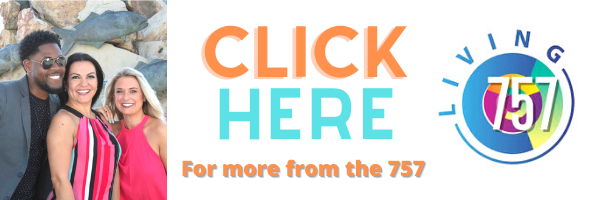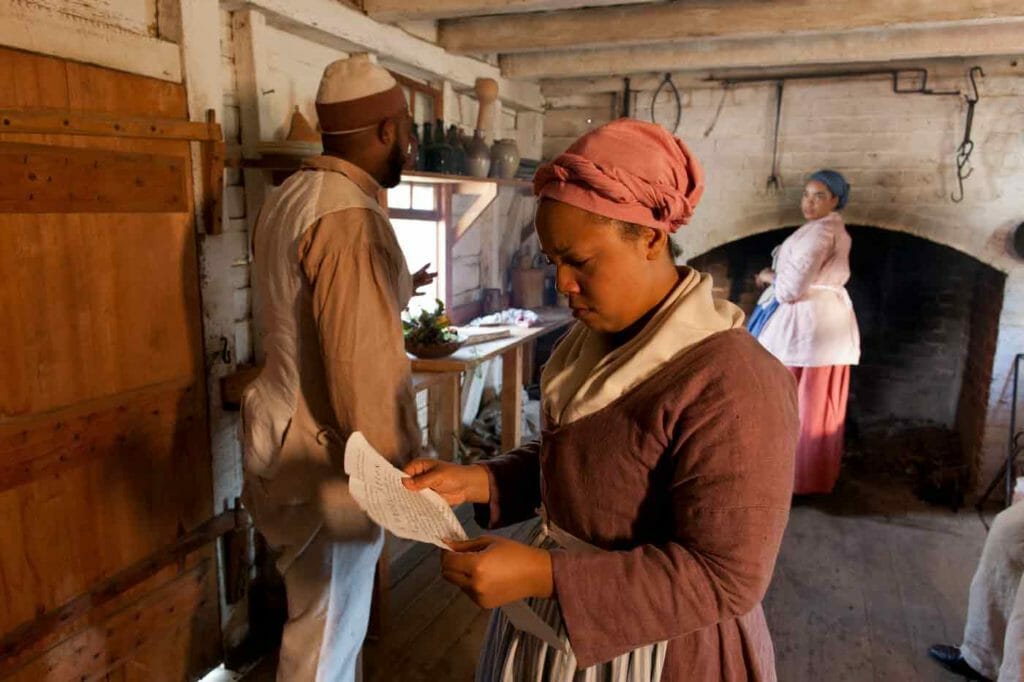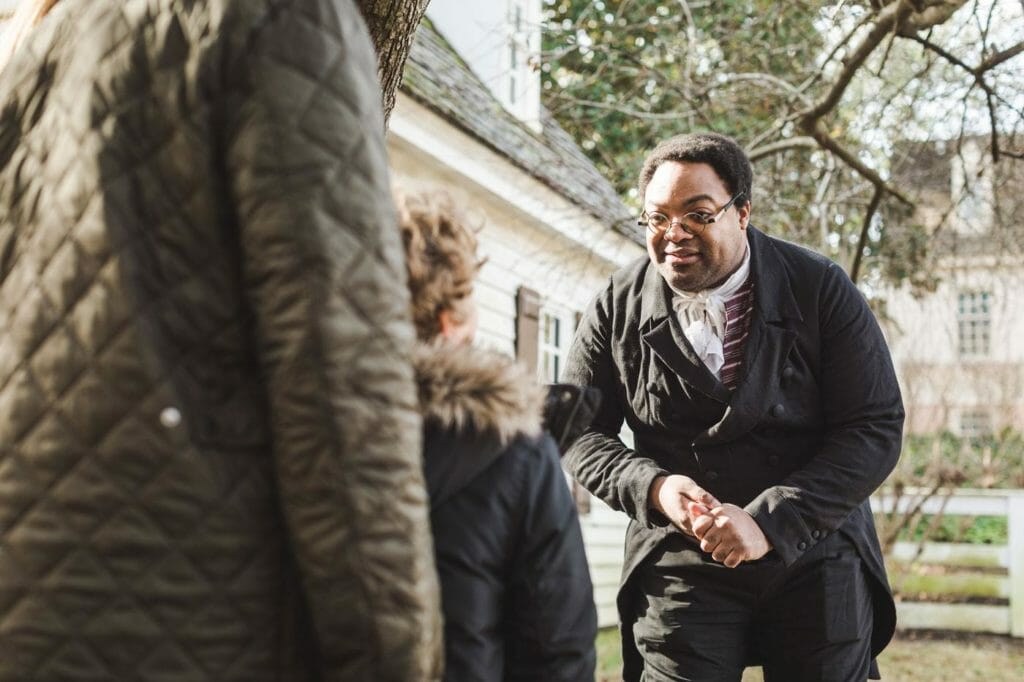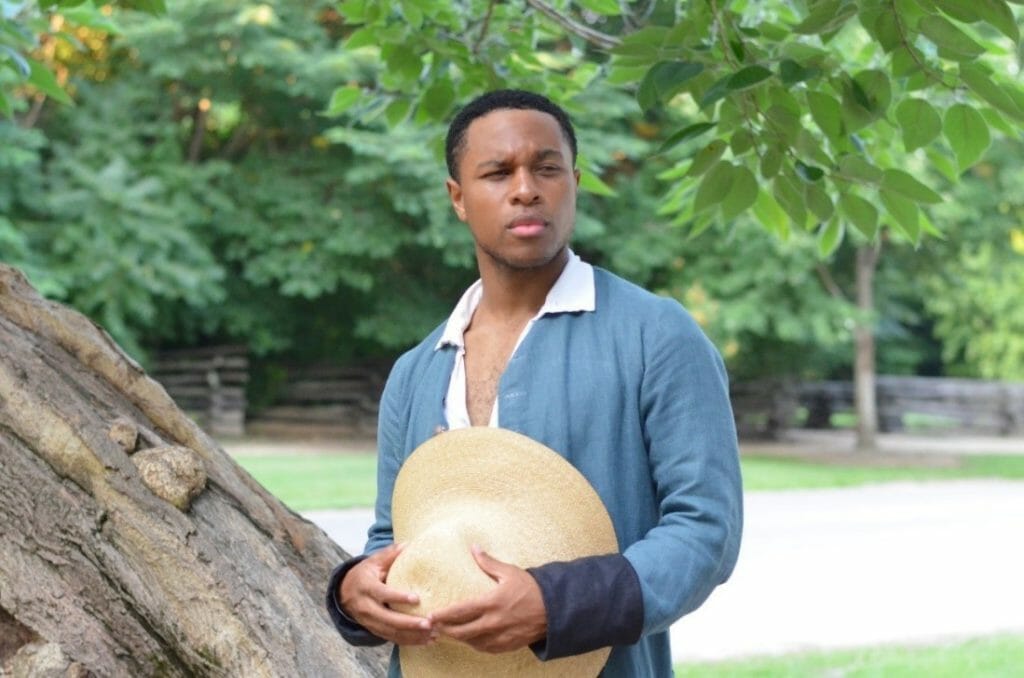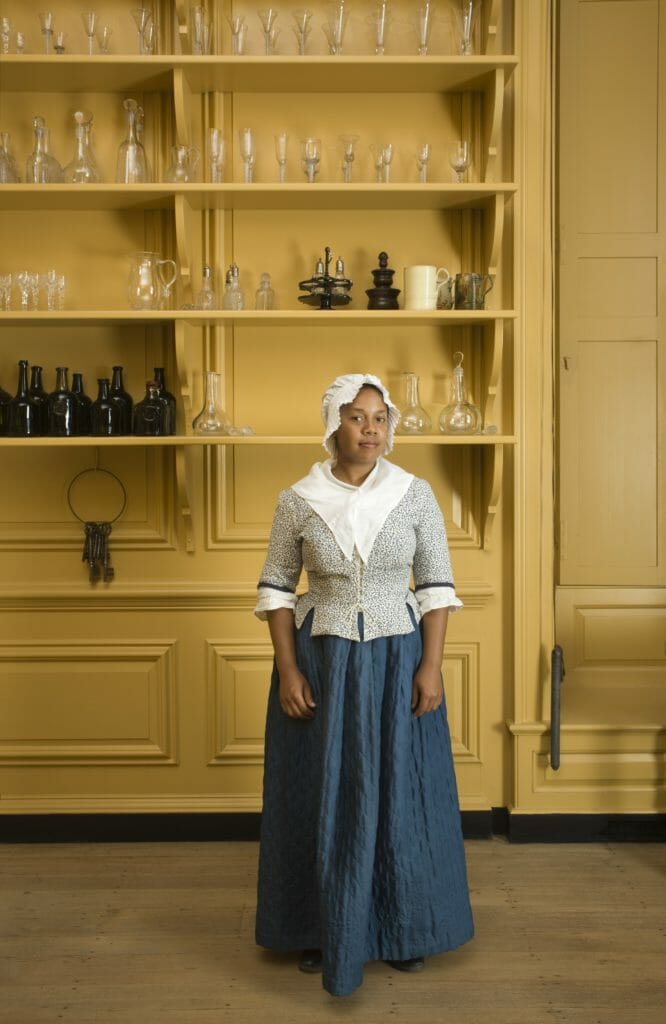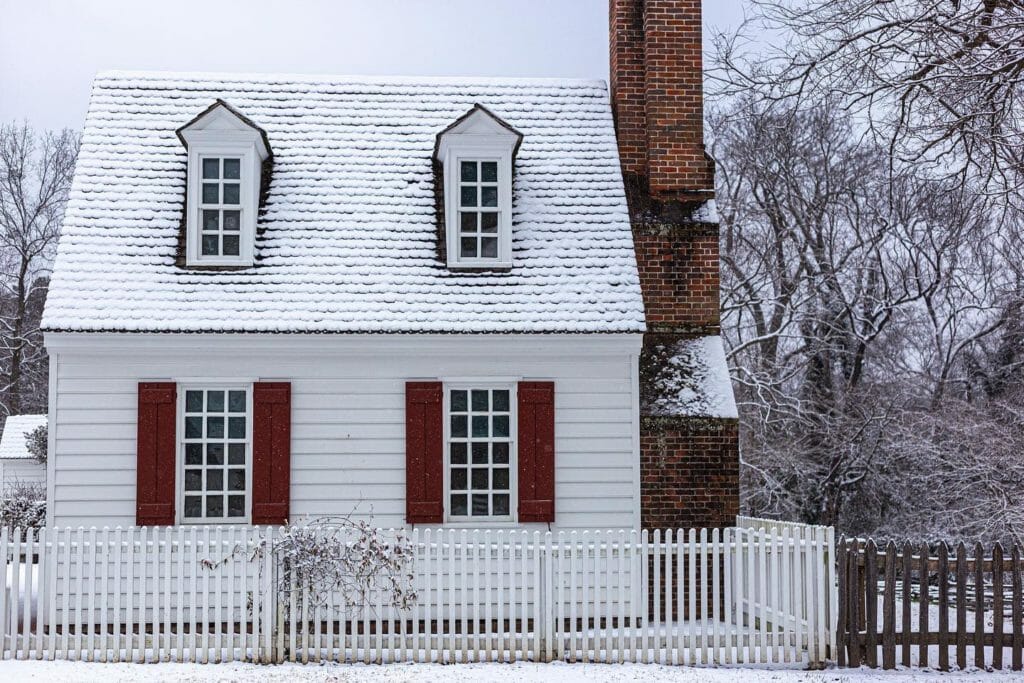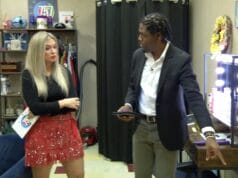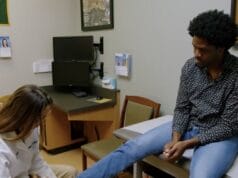When and with what purpose was the Colonial Williamsburg Foundation established?
Colonial Williamsburg was established in 1926 and opened its first public site in 1932 to restore and educationally interpret the City of Williamsburg during the Revolutionary era of the late 18th century, when it was the capitol of Britain’s largest, most populous and prosperous colony, a political flashpoint for the revolution, and later capitol of the new Commonwealth of Virginia.
During the period more than half the city’s population was Black, most of them enslaved.
The city was a major trade and diplomatic hub with indigenous tribes within Virginia land claimed by the British extending to the Mississippi.
Colonial Williamsburg seeks to interpret the city and period completely, reflecting the diversity and complexity of our shared American story.
Its ultimate goal is to support civil society and fundamental democratic ideals in our country and around the world.
How does having actor/interpreters help spread the stories woven throughout the history of Virginia?
They bring our shared history to life and engage and interact with audiences both on-site and virtually in ways not possible in a text or traditional heritage site or museum.
They foster real person-to-person connections and often field questions guests might otherwise hesitate to ask in regular society about sensitive social issues.
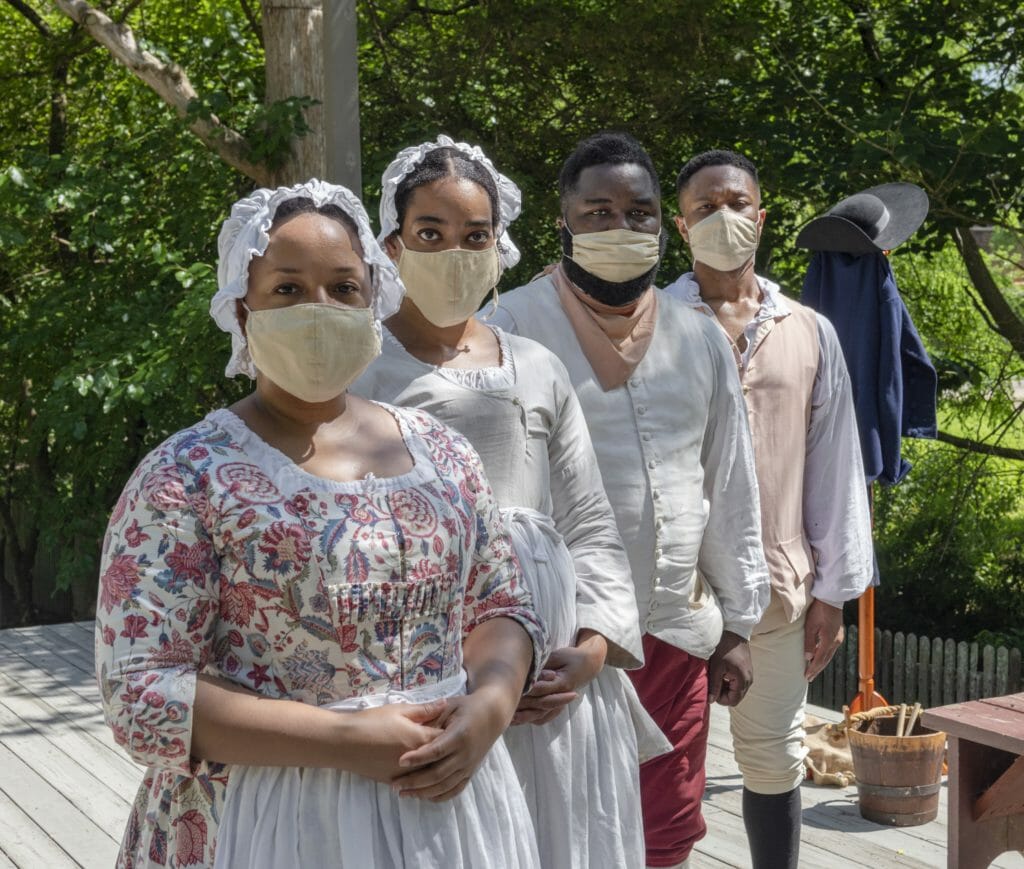
This typically fosters a deeper understanding of history and our culture and civil society. Sometimes interpreters strongest interactions are with younger guests.
View this post on Instagram
How do the actor interpreters prepare for their roles as the various people they portray?
Exhaustive historical research on the period and their characters, whether their character is a known historical figure or a “composite character” that represents a typical person of a certain station during the period.
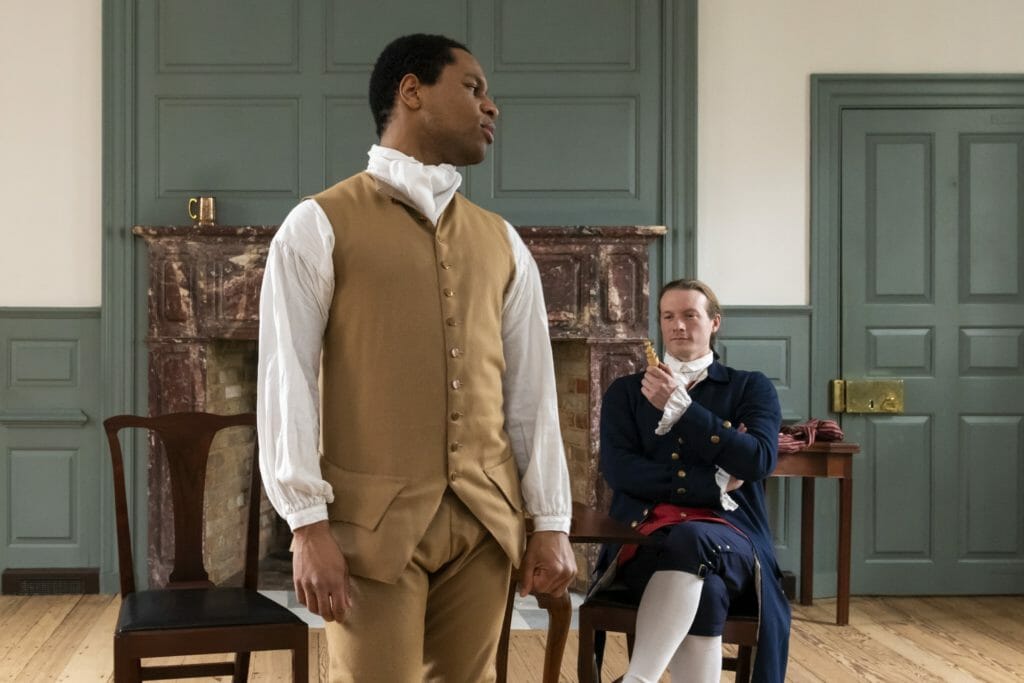
In addition they participate in robust program development and rehearsal and spend time “on the street” interacting with guests in-character, which is a perpetual experience of learning and professional development.
What is the Colonial Williamsburg Foundation doing to celebrate African American heritage and educate people during Black History month?
Special in 2021 are the ongoing archaeological investigation of the original permanent site of the city’s historic First Baptist Church on South Nassau Street, and the second monthly program in the new discussion series “US: Past, Present, Future,” titled “CW Conversation: Residents Not Citizens.”
In January Colonial Williamsburg archaeologists working under the guidance of First Baptist Church and its descendant community began the second, 18-month phase of excavation of the site occupied by 1818 and until 1956 by one of the nation’s oldest Black churches, established secretly in 1776.
Priorities include investigation of two possible graves on the site, location and commemoration of any others, and the continued search for evidence of the first structure where the congregation worshipped. Excavation continues weekdays weather-permitting 9 a.m.-4 p.m. throughout February..
As it does every February, during Black History Month Colonial Williamsburg will showcase its year-round character interpretation and programming examining the real stories of the enslaved and free Black people of the 18th century.
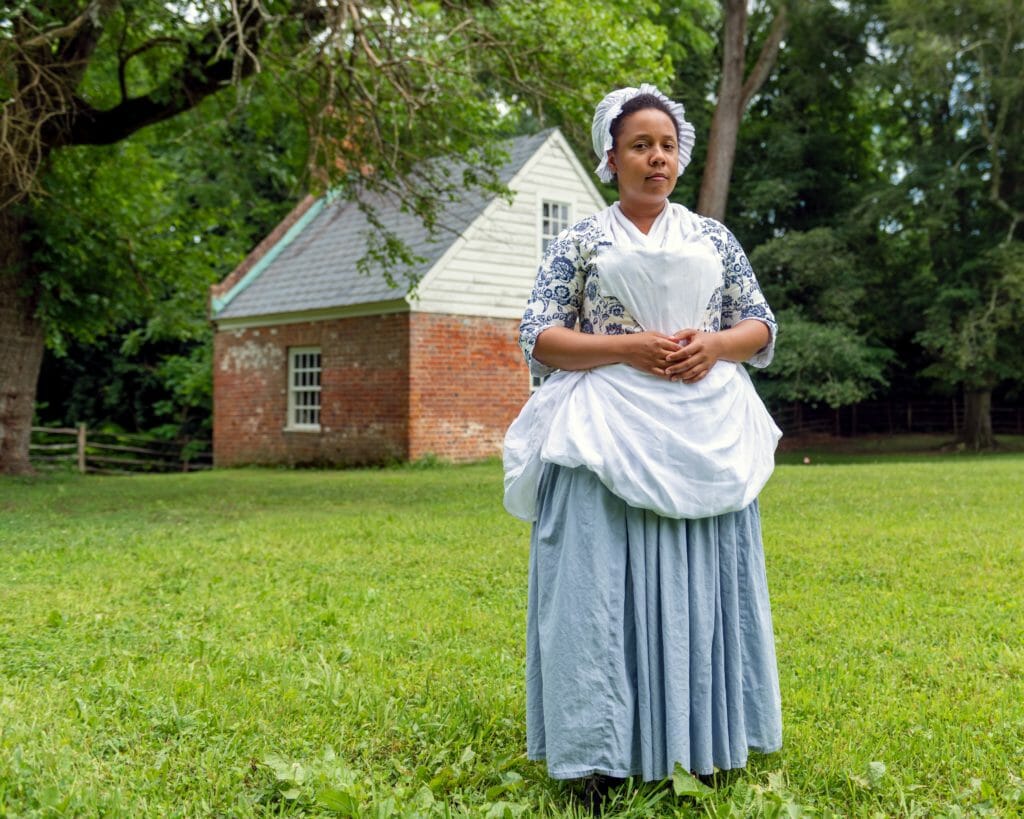
Programs are offered at 1:30 p.m. daily in the Hennage Auditorium at the Art Museums including “Nation Builders Discuss the Institution of Slavery” and “Across the Board,” examining the relationship between a young Thomas Jefferson and his enslaved manservant Jupiter.
Historic Site interpretation includes “Freedom’s Paradox” at the Peyton Randolph House.
At the Art Museums, guests are invited to take the self-guided tour “By African American Hands.” The tour showcases objects crafted by Black artists and artisans including pottery by David Drake of South Carolina and an armchair attributed to the joinery at Thomas Jefferson’s Monticello between 1790 and 1815, a period in which enslaved Black craftsman John Hemings worked in and later led the shop.
Other Black History Month programs at the Art Museums include special “Expert Insights” Wednesdays and Fridays at 10:30 a.m. throughout February and “A Quilter’s Housetop,” at 12:30 p.m. Tuesdays, in which guests celebrate the life of Alabama quilter Susana Allen Hunter and then make a mini-quilt to take home.
What age range is the living history museum best suited for.
Visitors of all ages are welcome and would be able enjoy and benefit from the experience.

Can you accommodate educational groups such as school field trips, for learning experiences in your museum?
We can absolutely accommodate educational experiences for groups.
For More Information:
Instagram:colonialwmsburg
Facebook: ColonialWilliamsburg
Love History?
Destination Virginia Explores Jamestown Settlement here.
Learn about the Great Bridge Battlefield & Waterways Historic Foundation here!
And if you would like to see someone featured on the show, please send a message to Share@Living757.com and you may just see them here soon!



